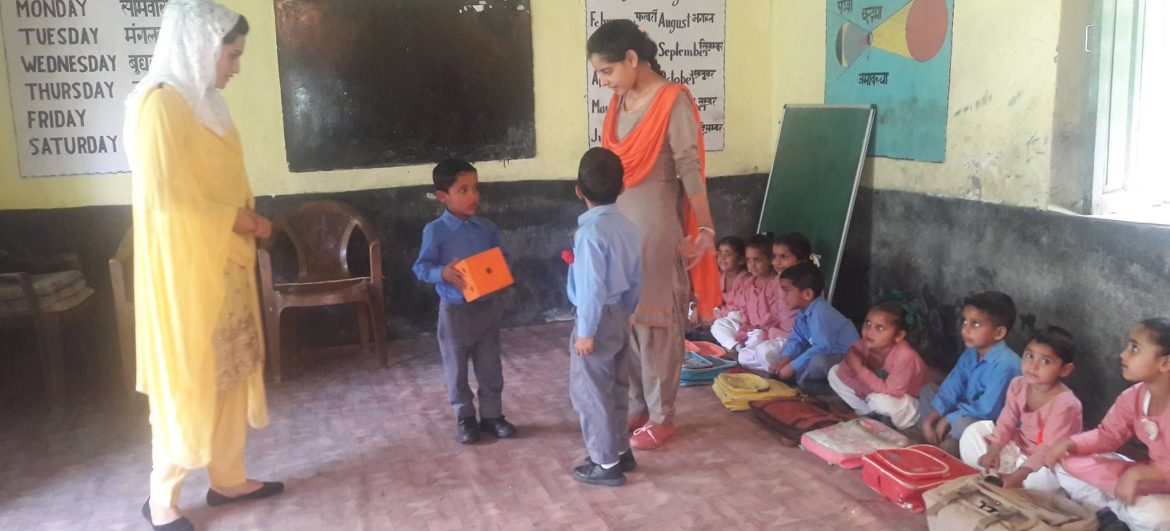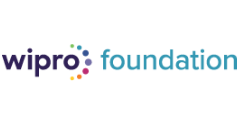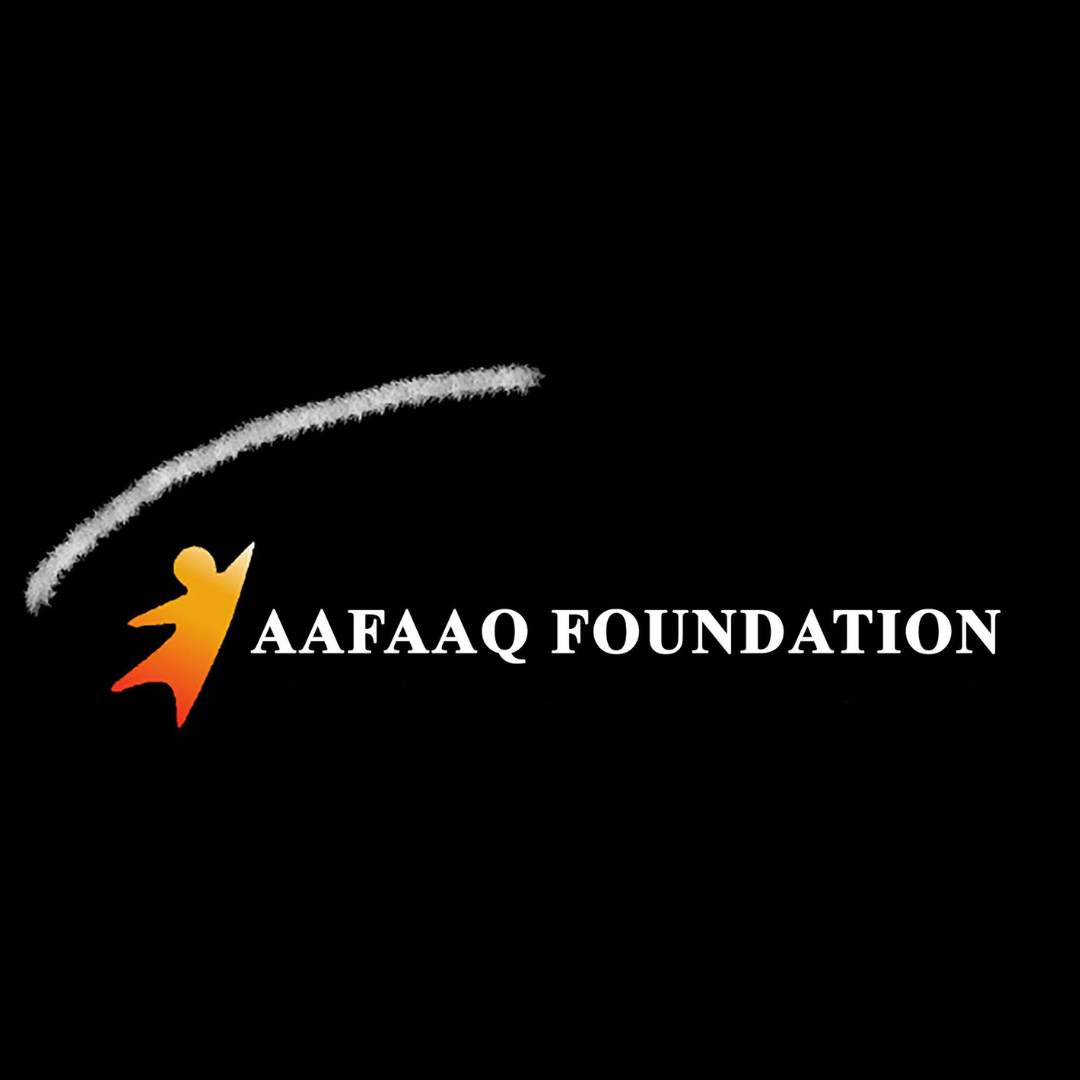Quis autem velum iure reprehe nderit. Lorem ipsum dolor sit nulla or narjusto laoreet onse ctetur adipisci.

Aafaaq Foundation
About
Aafaaq Foundation is a not-for-profit company founded to support communities to acquire social, economic, and educational autonomy. It works in the remote parts of the country with the belief that geographical inaccessibility should not lead to opportunity inaccessibility.
Location of work
The social problem that we are addressing is that of underdevelopment in remote India. District Chamba of Himachal Pradesh was declared a backward district by the Government of India in 2017. Salooni, Tissa, and Mehla are the remotest and most backward tehsils/blocks of Chamba. Our first intervention is in the Kihar valley of Salooni Block. The geographical inaccessibility makes the villages in the area, a few of the poorest in the country. The area has been ignored due to its remoteness and inaccessibility, there has not been much effort to alleviate extreme underdevelopment in the area. According to the 2011 census, the population of Killod, a gram panchayat in Kihar where we are actively working with the cluster primary schools and communities, is 1546. There are 290 households in the village out of which 150 are below the poverty line.
Everyone here is affected by the problem of underdevelopment in multiple ways. Our focus is on the low level of education among youth creating a challenge for the skill development ecosystem leading to higher levels of unemployment. The schooling system lacks severely in quality, leading to high dropout rates and developing a sense of defeatism in youth that there is no opportunity for them to meet their dreams. Seventy percent of the youth from this demography feel that they are inadequately skilled for the jobs that are in demand due to misaligned curriculum, lack of career guidance, and limited access to skill development courses. The dearth of non-farming avenues of livelihood and insufficient farm earnings leave the families in a hand-to-mouth condition.
Approach of the organization
We want to further the community’s definition of development, hence building local leadership and sustainability are our guiding principles. Our theory of change is co-created with the locals, based on their understanding of needs and hopes for their community. We believe that different aspects of a community cannot be looked at in segregation and the realms of education and livelihood should be amalgamated to achieve self-sustainability.
In the short term, our core work is to connect with promising, bright individuals of a community and place them in the government primary schools of the community under a ‘teaching fellowship’ program under our education vertical. They are trained in pedagogy, instruction, content, stakeholder centricity, and project management, to facilitate excellent education in schools, working closely with teachers and School Management Committees (SMCs). During the fellowship, fellows are required to work on a project in whole-school transformation or community aggregation, that must be self-sustaining in nature.
The community leadership vertical falls under our ‘explore work’, where we work with the youth and women of the community to establish buy-in, identify their needs, build necessary capacity and map them with desired opportunities.
The projects started by the teaching fellows, along with the capacity building through Community Leadership interventions, will become sustainable interventions, aggregating the community and channelizing certain avenues to generate and increase the revenue in the community. The revenue is then pooled back into the community.
Partner updates
These are three bright girls from the village who work with us under the Teaching Fellowship Program and are placed as support to teachers in the Government Primary Schools of their communities.
There are 180 to 200 Students in 4 Government Primary Schools in different communities, namely Jakhral, Killod, Bhidro and Daand. On average, each school has 50 students. There is active Engagement with a total of 5 teachers in the above schools and 1 Cluster Head Teacher.
SMCs of all 4 Schools led to direct engagement with close to 60-65 parents.
Our fellows take up projects on the whole-school transformation that arise from what the community envisions for education – mainly mothers of children studying the school. Our facilitators conduct weekly circles for mothers/youth. These circles happen in 4 communities reaching 80-90 community members.
Plan for the next 1 – 3 years
- Aafaaq will identify other backward communities in Salooni and the adjacent backward tehsils.
- Our intervention will be extended to 12 single-teacher schools in the tehsil.
- The transformation process is already in full swing for 4 schools and we will now begin working with the remaining schools.
- We will create a second line of leadership for the organization
- Aafaaq will facilitate the formation of a core team of locals, identifying promising youth from those communities
- Employment opportunities will be generated through youth-led enterprises
Challenges & learnings
For the underprivileged children, belonging to rural pockets of the country, the pandemic almost halted their lives. Their learning stopped due to the lockdown, poor internet connectivity, and unavailability of smartphones. With the lifting of the Pandemic restrictions, we started getting students to the community center and our facilitators started working with them there for a fixed period every day. Our initial focus was to get kids into a routine, check their basic needs, and then work on their learning. We have been recording 60 to 70 percent attendance of the kids attending classes in these community centers. We’ve created the following guidance to help us plan for the upcoming year organized around a few key questions: how do we create a plan to accelerate student learning? how do we accelerate student learning in the next two years? And what other challenges should we be anticipating as we plan to accelerate student learning?
Some key points that have become a part of our strategy as responses to the above questions are
- Prioritizing the most critical prerequisite skills and knowledge for each subject area and grade level now.
- Planning our approach to diagnosing students’ unfinished learning in that prerequisite content knowledge and those prerequisite skills.
- Adapting our scope and sequence/pacing guidance for each subject area and grade level to reflect where teachers/facilitators might need to provide acceleration support.
- Training our teachers and facilitators to diagnose students’ unfinished learning and provide acceleration support.
- Monitoring our students’ progress on grade-appropriate assignments and adjusting our support for teachers and facilitators based on student results.

